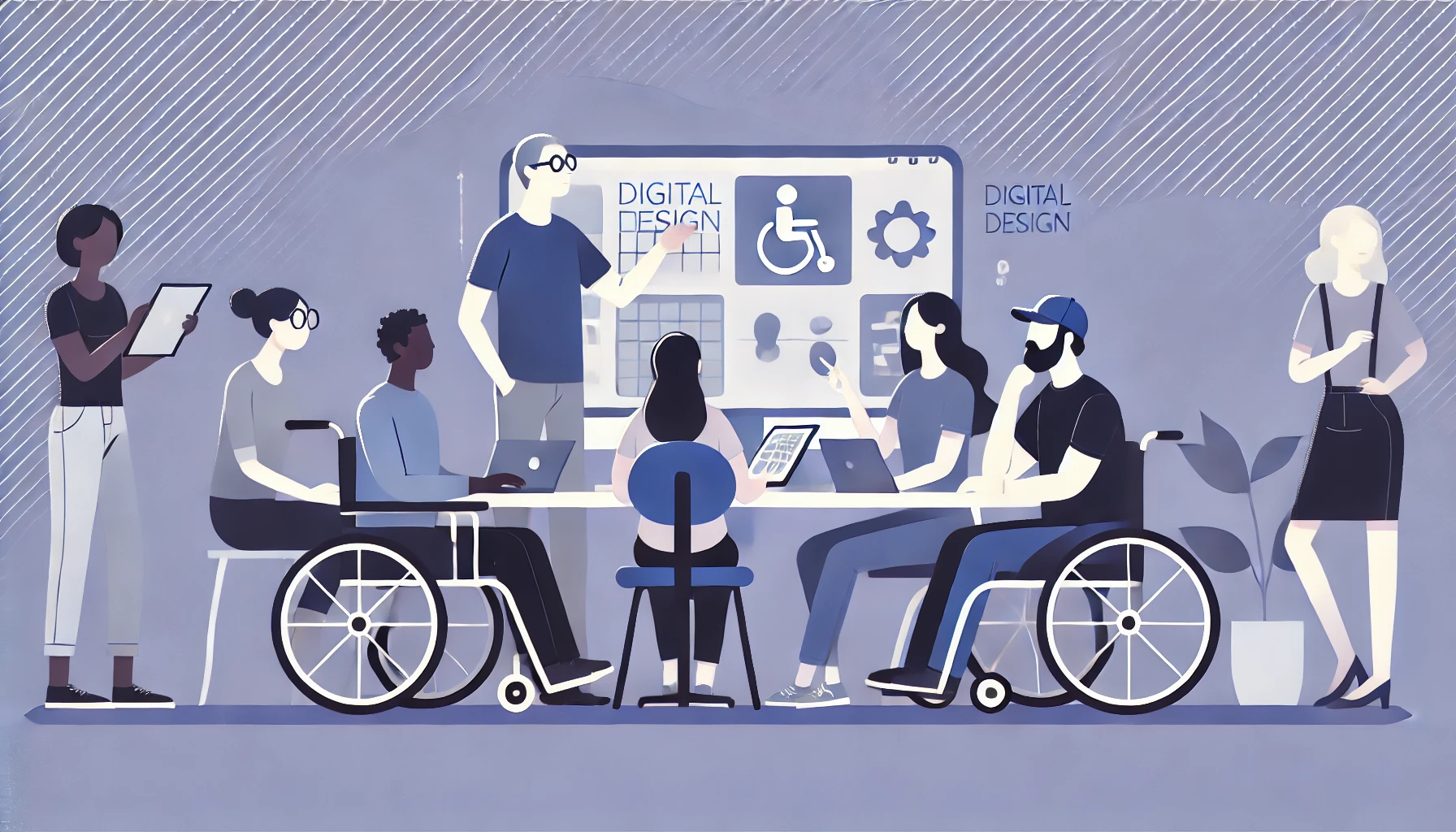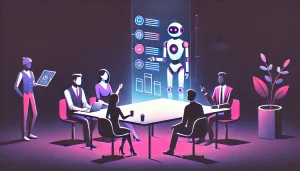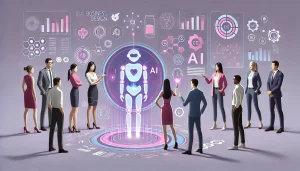ChatGPT – The Modern Designer’s Paradise?
Chat Generative Pre-Trained Transformer (ChatGPT) has been a sensation among many spheres of users ranging from tech-geeks to academicians for its multi-fold features like writing student essays, composing music and fairy tales, writing poetry, simulating chatrooms, and writing computer programs. Although its main function is to mimic a human conversationalist, it stands out because of the variety of other functions it offers to the extent that UBS analysts reported that it was the fastest-growing consumer app to ever exist, as its userbase grew to 100 million in just two months.
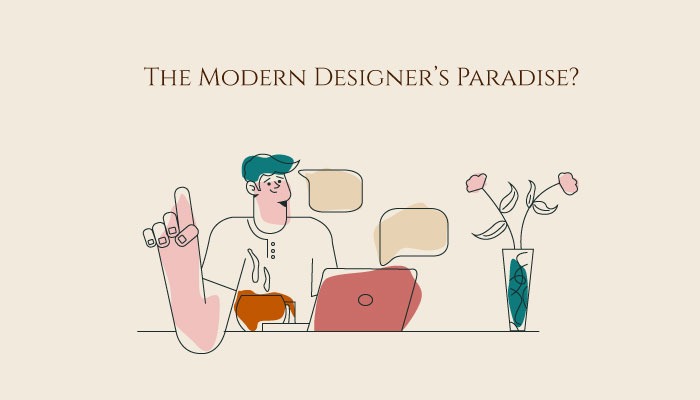
ChatGPT is a tech tool with incredible potential to provide a dynamic and exceptional experience to its users with the unique mix of features it offers. This AI-powered tool could make a huge difference in the daily lives of people if its potential is exploited completely and properly. That is why UX designers are going to adopt a role more critical than ever in improving ChatGPT. This article sheds light on the various improvements that can be brought about in ChatGPT to make it more user-friendly and effective.
What exactly is ChatGPT and how did it become so mainstream?
ChatGPT is an artificial intelligence-powered chatbot developed by OpenAI. It is built on top of OpenAI’s GPT-3 family of large language models and has been fine-tuned using both supervised and reinforcement learning techniques. Its core function is mimicking a human conversationalist but this chatbot has features that have almost never been done before. For example, unlike its predecessor InstructGPT, ChatGPT can recognize counterfactual questions and not automatically assume them to be true.
Moreover, unlike most chatbots, ChatGPT can remember the previous prompt it has been given in the same conversation and that makes it an extremely personalized and advanced bot. Features like this, coupled with the easy and approachable interface that chat GPT offers, it was convenient for large userbases with different sorts of interests and objectives to use GPT for their purposes. That is why chat GPT grew very quickly, gaining a million users just a mere 5 days after its launch.
UX designers and AI-powered bots
UX designers work to improve and optimize the interactions between humans and products. Their job is important at the most basic level because they account for the simplest interactions that humans have with products or services like browsing a website, navigating an application, or even interacting with a physical product like running in a shoe.
The primary role that UX designers have is to better the interactions that users have with products and make them more accessible, enjoyable, and usable. They come to play a very critical role when it comes to advanced technology like these AI-powered chatbots where the tech is so advanced that there is a need for simplification and increasing user-friendliness and there is incredible potential in the features it could come to offer with its skills and abilities.
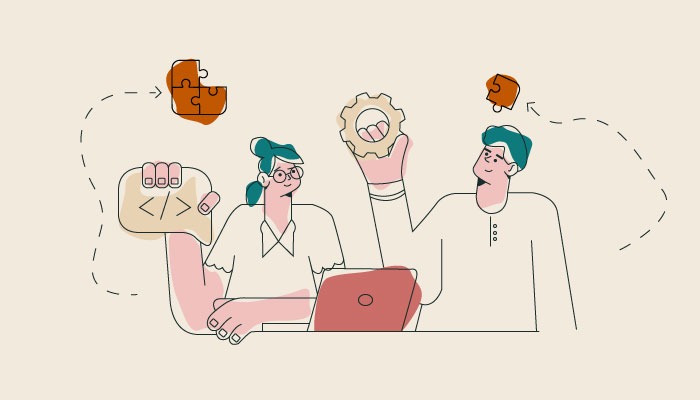
Limitations of ChatGPT
ChatGPT falls prey to some common issues that most AI-powered chatbots face. ChatGPT is known to give plausible-sounding but incorrect or nonsensical answers at times, an issue that almost all language models suffer from. Another major drawback that ChatGPT suffers from is its unawareness about the events that have happened after 2021 and it cannot give well-rounded and correct opinions about the same.
ChatGPT also gives long answers that look comprehensive on a cursory note. However, research has suggested that the answers GPT provides, though they look well-rounded, sometimes fail to offer insight into everything of importance. And, in training GPT, humans preferred longer answers and ChatGPT is trained to offer the same. The wide range of users that use ChatGPT might sometime be in need of concise, factual, and direct answers and ChatGPT fails to serve them.
UX designers, when they are employed at making ChatGPT better can offer solutions for these limitations.
Let’s take a better look at how UX designers can improve ChatGPT:
Personalization of answers
A feature that UX designers can enhance and nurture in ChatGPT is the level of personalization of the answers that it provides. Apps like Swiggy and Zomato analyze the past orders of a customer, categorize the ratings that the customer has given to various restaurants and dishes and try to find recommendations that are tailored to them. This feature is something that UX designers can try to enhance in ChatGPT. Keeping track of the needs of a user and taking note of the patterns to properly understand what a user wants can greatly aid in providing the user with a great and efficient experience.
For example, a medical student who uses ChatGPT primarily for academic purposes might use it to look for answers related to the subject that is concise, clear, factual, and straight to the point. UX designers can try to improve ChatGPT to analyze the interest a user like that has and cater exactly to those interests to satisfy the customer.
Another example could be when a user who is a researcher would want answers that are well-researched and comprehensive, and that does not leave out any important information. The kind of content that should be catered to this user would be very different from the previous case. So, collecting some basic information about the intentions of the user and analyzing their past likes and dislikes about the answers that ChatGPT provides can aid in the betterment of the chatbot.
Improving search functionality
Another robust improvement in the services that ChatGPT offers would be to provide the users the options for an enhanced search functionality that is comprehensive and draws out exactly what the user aims to gather from a question posed or task assigned.
For example, the website ‘Archive of our Own’, an archive of fan works related to media, has a very elaborate and robust filter option. Archive of our Own mainly has written works, and to navigate and filter through that, the users are given the option to set the word limit for the works that they want to view. The filter function has a lot many other features that help them to eliminate what the users don’t want to see. The filter here is manual.
ChatGPT can be coupled with a filter that could either be manual, so the users get to decide the kind of content they want to see or automated by analysing the user’s preferences over a period of time. To elaborate, the user could be allowed to pick a standard word limit that they want from all the answers that ChatGPT provides them.
Standardizing answers that ChatGPT gives
UX designers can figure out a mechanism to avoid the factually incorrect answers that ChatGPT is prone to give and to give scope to ChatGPT to evolve and understand the new information and development that has happened after its release. As ChatGPT is also used in academic spheres, the factual accuracy of information is indispensable for ChatGPT to work.
Conclusion
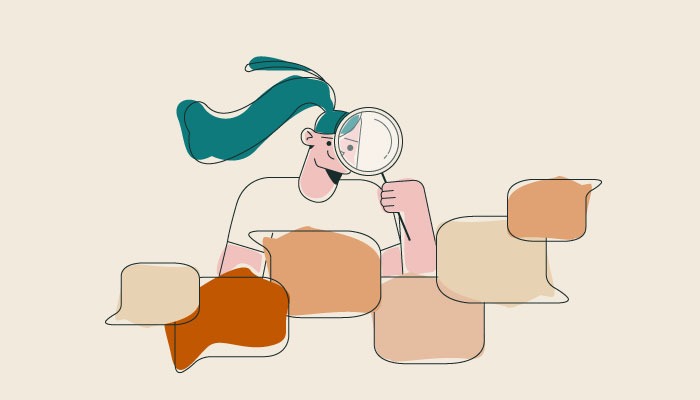
ChatGPT as tech has a long way to go, and its limits can be pushed through the efforts of UX designers to improve and optimize ChatGPT. And this is a big step in the arena of technological development because of the skies this AI-powered chatbot has the capacity to reach.
Now Guess, who wrote this blog Human or ChatGPT?? xD

